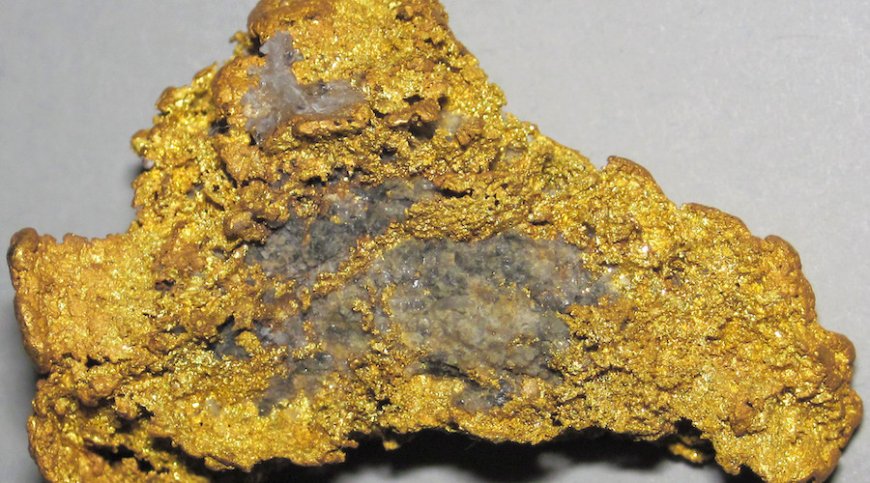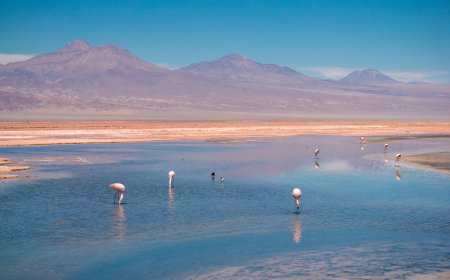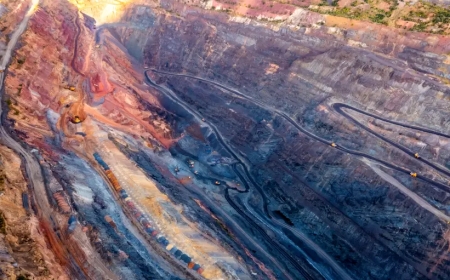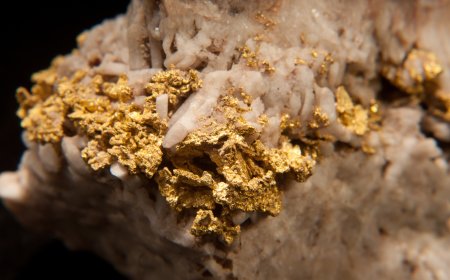Gold, zinc help manipulate water to create clean fuels with no dirty byproducts
Scientists looking to convert carbon dioxide into clean fuels and useful chemicals often make hydrogen gas and carbonates as unwanted byproducts.



At its core, the CO2 molecule is just an arrangement of one carbon and two oxygen atoms that can be reorganized through a technique called electrochemical carbon dioxide reduction (CO2R) into clean fuels and useful chemicals. But the process is often done at a loss, with competing mechanisms pulling the atoms in undesirable directions that create unwanted byproducts.To address this issue, researchers from the University of Chicago Pritzker School of Molecular Engineering’s Amanchukwu Lab outlined a way to manipulate water molecules to make CO2R more efficient and create a clean energy loop.
In a paper published in Nature Catalysis, the researchers explain that they were able to perform CO2R with nearly 100% efficiency under mildly acidic conditions, using either gold or zinc as catalysts.
“Imagine we can have green electricity from solar and wind, and then use this electricity to convert any carbon dioxide back into fuels,” Reggie Gomes, first author of the paper, said in a media statement.
HER
Electrochemically disassembling a molecule is like a break shot in a game of pool. The previous arrangement disappears and the balls scatter across the table, coming to rest in new combinations—not always the ones the player intended.
Similarly, scientists performing CO2R use electricity and water to break up and rearrange the greenhouse gas. This sends atoms of carbon and oxygen from the carbon dioxide caroming across the table with hydrogen atoms from the water.
If it works as intended, the atoms form other, more desirable molecules that can be used as fuels or chemicals.
But as the atoms scatter, stable pairings of two hydrogen atoms often form a process called hydrogen evolution reaction (HER). This makes CO2R less efficient, as energy and atoms that become hydrogen gas can’t be part of the molecules the scientists were trying to create.
Even in small quantities of water, CO2R is always competing with HER.
The Amanchukwu Lab applied insights from aqueous batteries to the problem, hypothesizing that controlling the water with organic solvents could provide a solution.
The bling-bling
Both CO2R and HER rely on water as a proton donor.
Using organic solvents and acid additives, the team was able to tune the water’s behaviour, finding the sweet spot where it donated the right amount of protons to create the intended molecules, not the hydrogen gas and other unwanted materials like carbonates.
However, many of the most effective ways to perform CO2R rely on precious metals.
“Platinum, silver, gold—for research purposes, they’re great catalysts,” Gomes said. “They’re very stable materials. But when you’re thinking about industrial applications, they become cost-prohibitive.”
By engineering the electrolyte, the new method can get similar results using cheaper, more abundant materials.
“Right now, the best way to do this electrochemically at room temperature is to use precious metals. Gold and silver can suppress the hydrogen evolution reaction a little bit,” head researcher Chibueze Amanchukwu said. “Because of our discovery, we can now use an earth-abundant metal, zinc, because we now have a separate way to control water.”




















